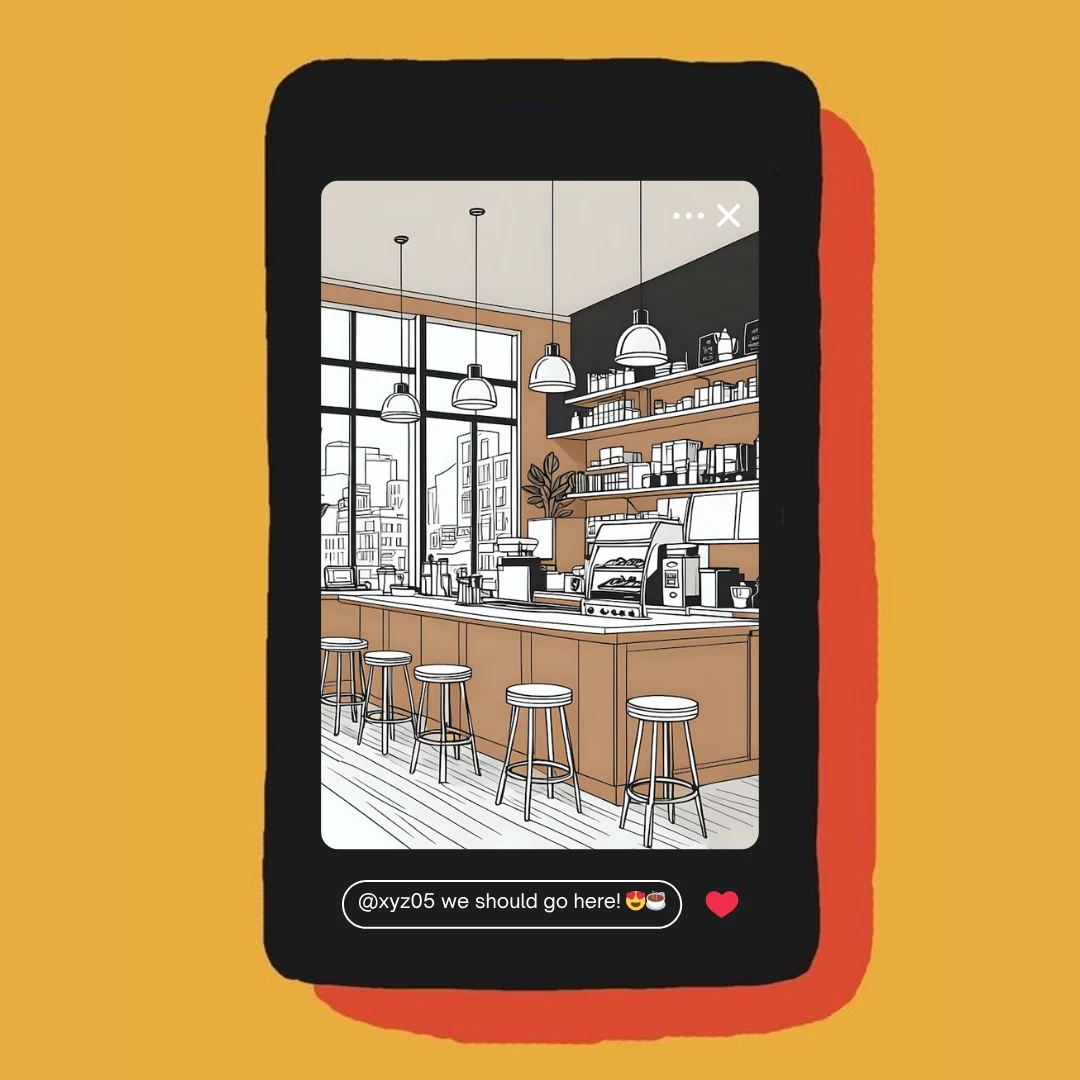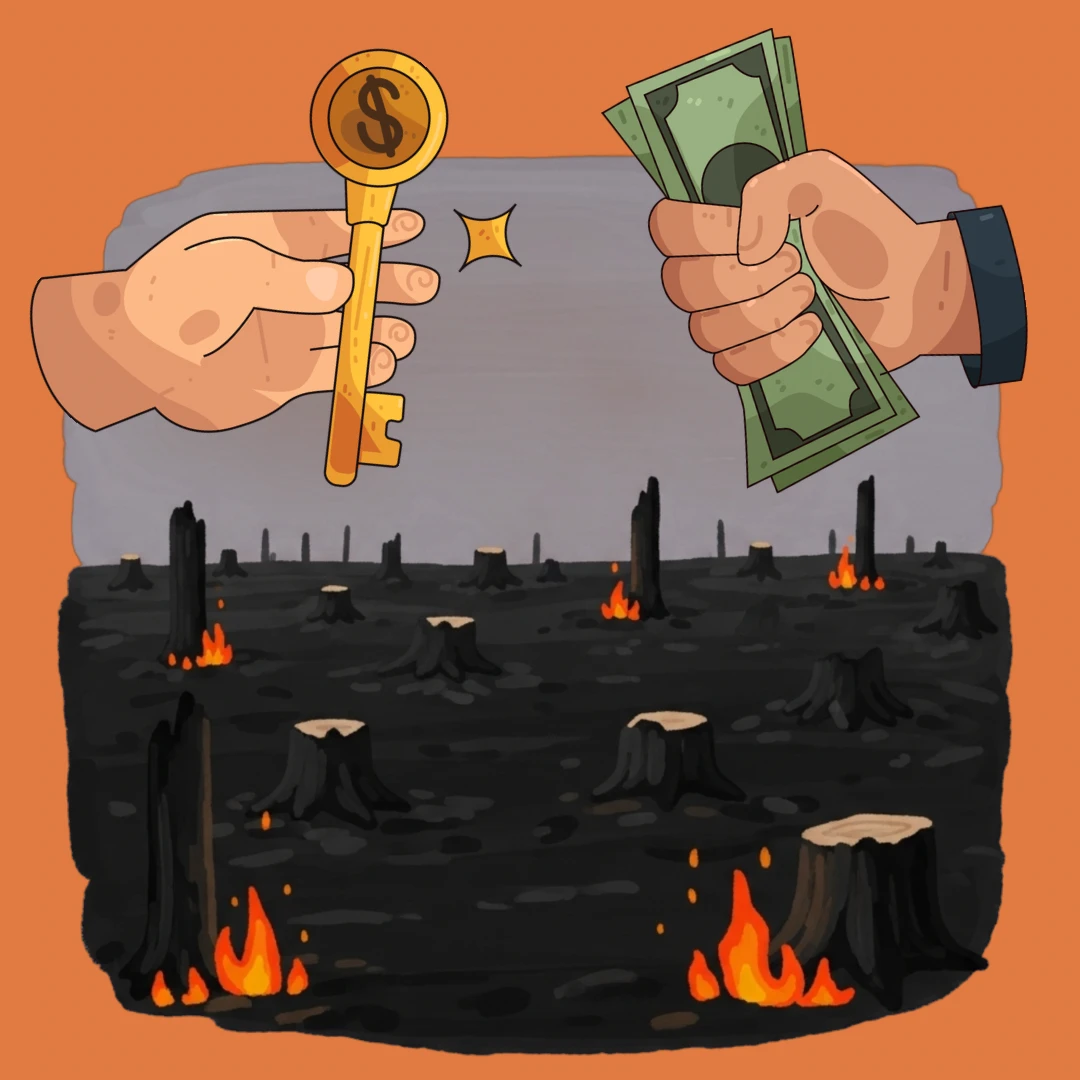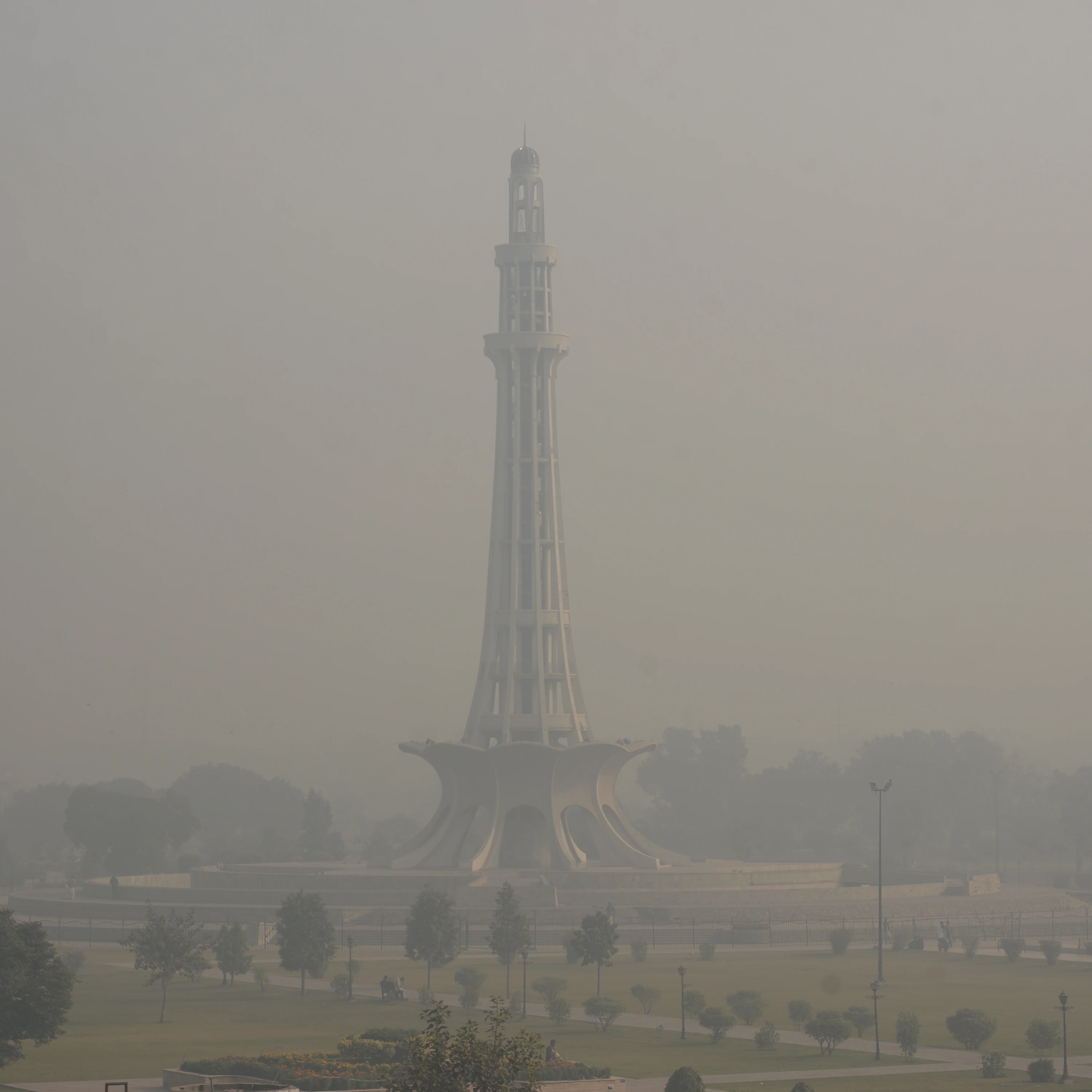By one count, Lahore now hosts just over a hundred cafés serving specialty coffee. The figure for Karachi is around twice that much. Much of this growth can be traced down to the last 5 years, indicating a coffee-related boom of sorts in metropolitan Pakistan.
Across the world, markets for various types of consumption offer insight into broader social phenomena. Beyond banal observations about ‘consumer tastes’, which Pakistani food-related discourse rarely moves past, they can tell you something about the wider context, ranging from economic conditions, class relations and transformations, as well as social and cultural changes.
At its simplest, the mushrooming of cafés in major urban centers — Karachi, Lahore, Islamabad (KLI) — is the logical outcome of globalised consumer tastes making their way into the global south. By most accounts, Pakistan is hardly the only country to experience an (iced) latte and matcha boom these past few years. Next door in India, the matcha market alone is said to be worth over a hundred million dollars annually and is expected to grow by around 10% every year.
A boom of this sort is usually downstream from changing consumption and business patterns. With the growth of a globally mobile segment within developing countries — a sizable number in tier-1 cities for a country like India and a small but highly-concentrated number in KLI for Pakistan — commodities achieving viral success in the global north eventually generate their own demand outside of their places of origin.
The first wave of consumers see it [niche products, such as specialty coffee] as a form of class and status marker, signalling globalised taste, in-group familiarity, and very often, social network proximity with business owners. This is shortly followed by a second wave of consumers, which see consumption as a form of fulfilling class and status aspiration.
This trend of recreating and domesticating consumption patterns from abroad is not new, but it’s received extra wind in its sail from digital consumption. Niche or non-local consumption is no longer experienced in physical form by a small, mobile segment of the population, it is supplemented by a significantly larger segment through social media apps (especially Instagram). In other words, people want to consume not because of a physical encounter with commodities but because of brain-saturating, frequently viral digital encounters.
Once it takes physical form away from a distant point of origin, taste-based commodities usually take on a life cycle of their own. As with any niche product (like specialty coffee in a globally peripheral city like Lahore), the first wave of consumers see it as a form of class and status marker, signalling globalised taste, in-group familiarity, and very often, social network proximity with business owners. This is shortly followed by a second wave of consumers, which see consumption as a form of fulfilling class and status aspiration.
Then there’s the inevitable fragmentation to retain exclusivity and authenticity in the face of broadening appeal, the latter of which is usually aided by food influencers on visual platforms. Finally, it turns into a commodity whose consumption can no longer act as a source of distinction among upper-income groups. The gatekeeping almost always gives way to more popular forms, frequently found outside high-income metropolitan enclaves as well.
Close parallels can be found in a variety of other food commodities: from western fast food, to pizzas, to fried chicken (Pakistanis turned the Zinger from a proper noun into a noun), and most recently, smash burgers. As a friend recently pointed out, Usmania burger in Mughalpura launching a 200-rupee smash burger signals a definitive end to that particular hype-cycle. While current price points are relatively high, one expects coffee, at least in its most mass-market form — high-sugar, highly instagrammable — to eventually go the same way.
The proliferation of high-cost consumption also says something about the type of economy in a place like Pakistan. The paradox of rampant high-price consumption in a poor country stuck in a low-growth, high inflation trap for the better part of a decade is frequently observed. This usually gives way to a standard response that sees restaurant/café attendance, luxury car sales and shopping mall footfall as a way of suggesting that the country is actually not poor. The more nuanced take is that Pakistan has a large informal or undocumented economy, which helps sustain very high rates of consumption across both metropolitan and second-tier cities.
This latter take is probably correct, but it is worth appending with several additional points. The first is that Pakistan is without doubt a high-consumption economy. Private consumption to GDP is well above 80%, the highest among all comparator countries. However, a large part of this consumption is subsistence-based, concentrated in the millions of low-income households across rural and urban areas. Basic food expenditure among households in the bottom three quintiles of the income distribution still accounts for nearly 40% of total spending.
People want to consume not because of a physical encounter with commodities but because of brain-saturating, frequently viral digital encounters.
Secondly, the distribution of income generated from the so-called informal/undocumented economy is also likely to follow the same pattern as the documented economy. This means that much of it is in the hands of households at the upper-end of the income and wealth distribution.
Third, countries with relatively high-levels of income and wealth inequality along with low-growth run the risk of turning into what Pranab Bardhan calls ‘conclave economies’. This essentially means that a limited part of the economy caters to a small affluent section demanding relatively capital-intensive and skill-intensive goods, whereas much of the general economy suffers from insufficient demand and underutilisation of capacity, and thus low aggregate investment and employment.
The case of high-end consumption in metropolitan Pakistan, such as that in coffee, signals a conclave-type phenomenon. New investment gravitates towards commodities that cater to the tastes and preferences of the elite, given how that is the segment where most purchasing power is concentrated. It is also why much of this investment takes the shape of retail-facing enterprises, rather than being directed towards mass production, given low-levels of purchasing power found among much of the population.
The story thus being told by Pakistan’s metropolitan café boom is not just of transforming consumer preferences, or even digitally refracted globalisation in the global south (though those are important in their own right). It also crucially points towards skewed patterns of consumption and a broader malaise afflicting the economy, where the most lucrative avenue for investment is in domains that cater to the smallest sliver of the population.





